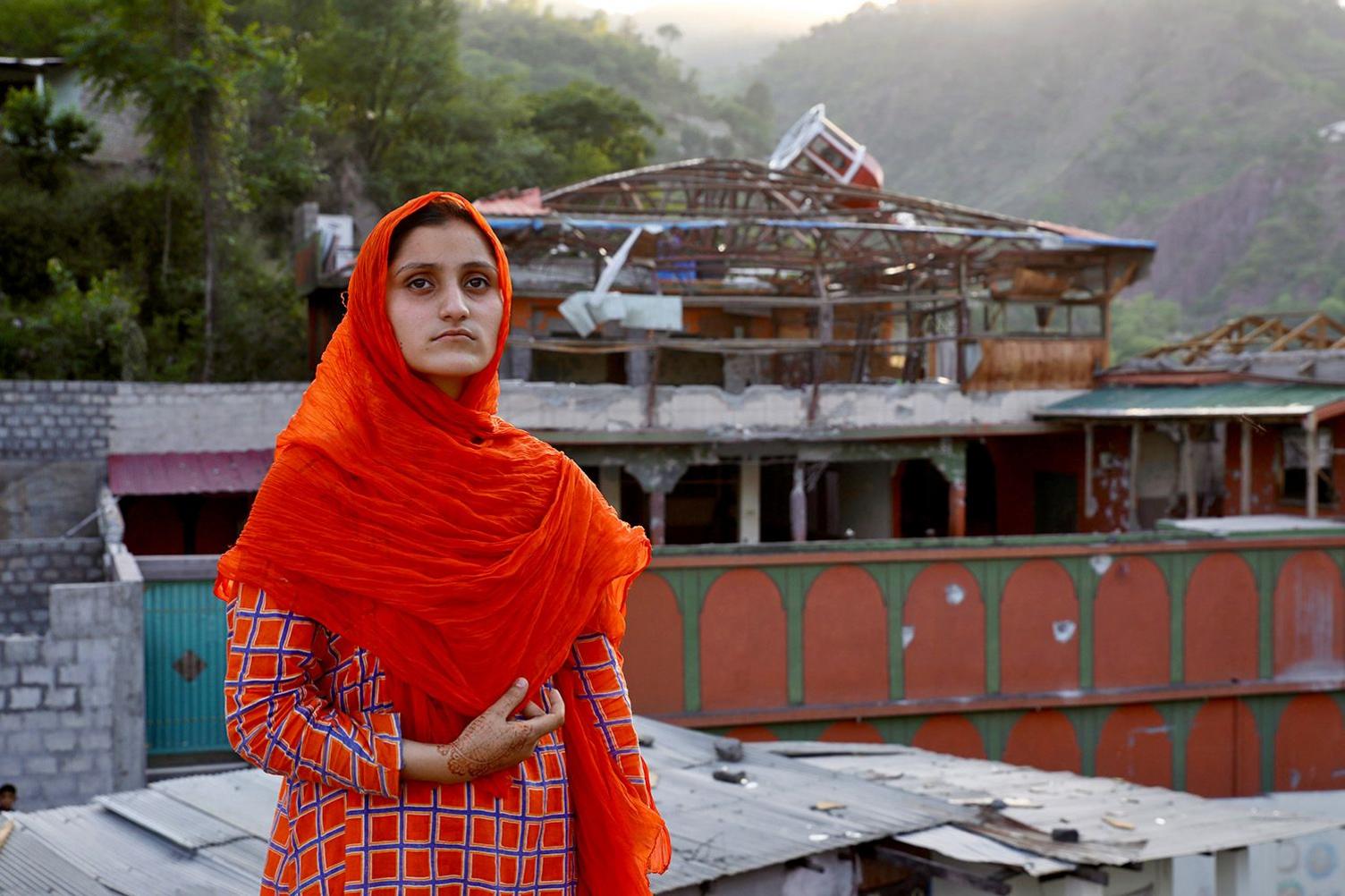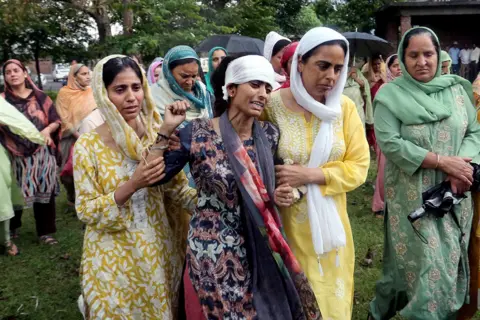May 2025 brought the region of Kashmir dangerously close to another full-scale war between nuclear-armed neighbors India and Pakistan. But even as a US-brokered ceasefire brought temporary relief, the emotional and physical scars left on families on both sides of the Line of Control (LoC) tell a deeper, more tragic story.
From Pahalgam to Neelum: Human Cost of a Four-Day Conflict

The recent escalation began after a terrorist attack in Pahalgam on April 22 killed 26 people, most of them Indian tourists. India blamed Pakistani militants, prompting precision missile strikes on what it claimed were terror infrastructure in Pakistan-administered Kashmir. In response, Pakistan launched counterstrikes, triggering one of the worst cross-border exchanges in years.
Among the many victims was 16-year-old Nimra in Muzaffarabad, hit by shrapnel while standing near a mosque during an Indian strike. “I didn’t realize I’d been struck—until I saw the blood soaking my frock,” she recounted to the BBC.
On the other side, in Indian-administered Poonch, 13-year-old Vihaan died in a vehicle hit by Pakistani shelling as his family tried to evacuate. “I’ve seen wars—but nothing like this,” said his grandfather MN Sudhan, who survived the 1965 and 1971 Indo-Pak wars.
Collateral Damage: When Civilians Bear the Brunt
In Shahkot village in Pakistan’s Neelum Valley, Muhammed Shafi lost his wife to a mortar strike that destroyed their home. “One second she was there—the next, nothing was left,” he told reporters, standing with his children amid the rubble.
In Uri, Indian-administered Kashmir, 47-year-old Nargis Khan died of injuries from a shell blast during evacuation. Her daughter Sanam said the hospital refused to open its gates amid fear of continued shelling. “My mother died in my arms as we rushed to a second hospital,” she said.
A Diplomatic Lifeline: US, UK, and Saudi Mediation
After days of missile and drone exchanges, the situation threatened to spiral into an all-out war. On May 10, US President Donald Trump announced a full ceasefire agreement on Truth Social, congratulating both nations for “using common sense.”
While India publicly downplayed Washington’s role, diplomatic insiders credited backchannel talks involving the US, UK, and Saudi Arabia for de-escalating the standoff. Pakistani officials welcomed international mediation, emphasizing the opportunity to bring the Kashmir issue back to global attention.
The Fragile Peace and Unanswered Questions
The fragility of peace in Kashmir is once again evident. The 2021 LoC ceasefire had offered rare stability, prompting a tourism revival in Indian Kashmir. But the latest violence has undone that progress. “Pahalgam is terrorized, and its people broken,” said Rayees Ahmad Bhat, a local tour guide who lost his livelihood overnight.
Now, both nations are investigating the causes and consequences of the April 22 Pahalgam attack. India is building a case to label it a cross-border act of terror, while Pakistan demands independent verification.
Voices of Grief and Pleas for Peace
Perhaps the most powerful voices in this story come from those directly affected. Sanam, who lost her mother, made a heart-wrenching appeal:

“If you’re going to war, at least secure your civilians… Let those who call for war witness what it means to lose someone before their eyes.”
As the world breathes a sigh of relief at the ceasefire, the real cost of conflict continues to echo across Kashmir’s valleys—from destroyed homes to empty chairs at dinner tables.
Conclusion: Ceasefire Today, But What About Tomorrow?
The May 2025 India-Pakistan skirmish over Kashmir was a sobering reminder that nuclear neighbors cannot afford repeated miscalculations. While diplomacy prevented another war, lasting peace requires consistent engagement, accountability for militant violence, and most importantly, protection of innocent civilians.
As both countries return to their political posturing, the people of Kashmir are left rebuilding homes, burying loved ones, and hoping they won’t be collateral damage again.
For deeper analysis on the South Asia conflict zone and Indo-Pakistani relations, explore our India-Pakistan Conflict Series.









